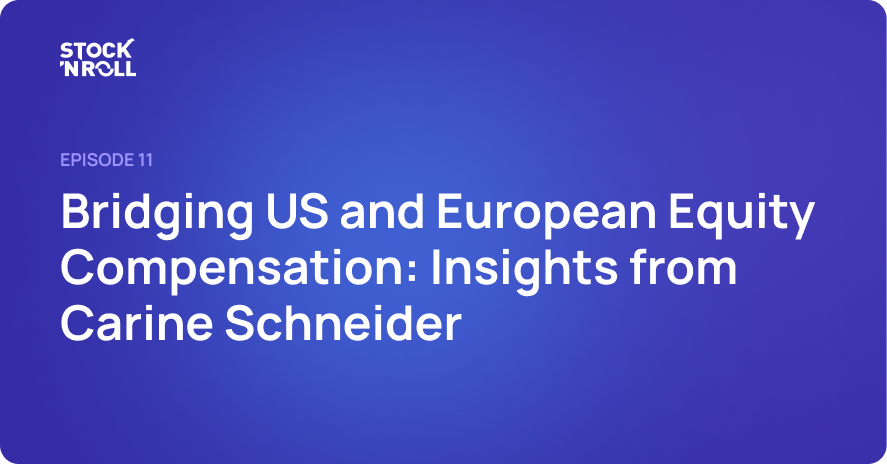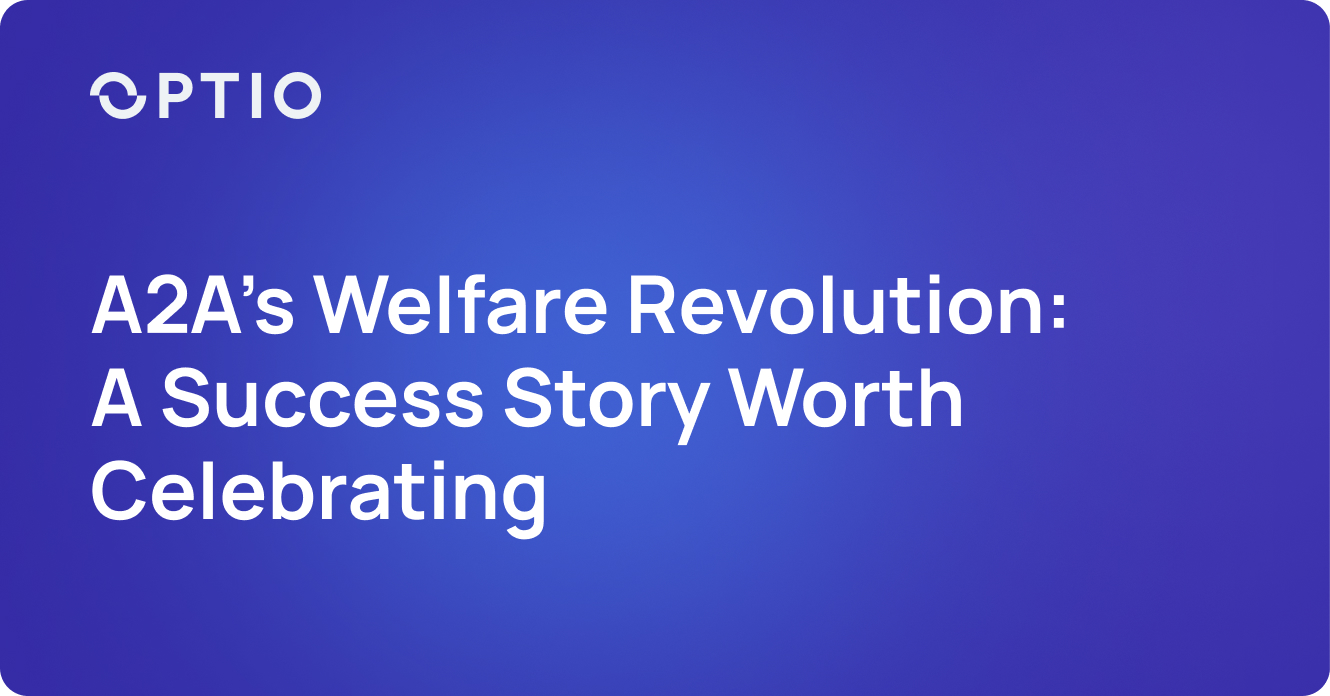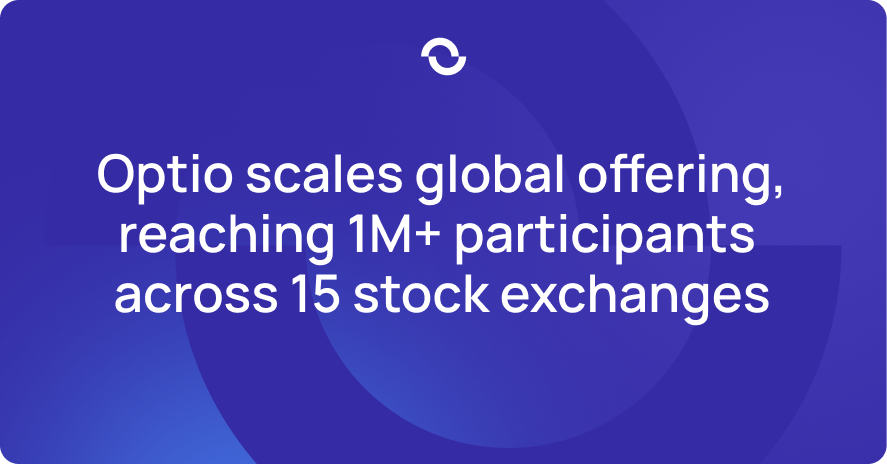The world of equity compensation has undergone dramatic changes over the past two decades, particularly as companies expand globally and navigate the complexities of offering stock-based incentives across different jurisdictions. In a recent episode of the Stock 'N Roll, podcast, we had the privilege of speaking with Carine Schneider, a true veteran of the share plan industry who has witnessed and shaped these transformations firsthand.
From Oracle's IPO to Today: A Journey Through Equity Evolution
Carine's journey began at Oracle during their IPO, where she was tasked with helping employees exercise stock options and realize significant gains. "A lot of them then went and retired or went and did something fun because they made so much money," Carine recalls. This was the beginning of an era where equity compensation would become a cornerstone of talent attraction and retention.
Her extensive background includes founding and leading Global Shares, serving as CEO of companies like Certain (now owned by Insight Software), partnering at PwC during the dot-com era, and leading NASDAQ Private Market. Most recently, she's launched Compass Strategic Advisors and published the second edition of her book, "The Democratization of the Private Market."
The Great Shift: From Stock Options to RSUs
When Carine started in the industry, "everybody did stock options" – private companies, public companies, big and small. The landscape was relatively simple, but several key events reshaped the entire industry:
The Dot-Com Impact
The late 1990s dot-com boom saw stock options distributed broadly across organizations. Companies with 90,000-150,000 employees were granting options to virtually everyone. However, this changed dramatically when expense accounting requirements were introduced.
The 2008 Financial Crisis Catalyst
"Around 2008 when we had the financial crisis, all of a sudden these stock options were worthless because stock prices had fallen so far, and everybody moved to RSUs," Carine explains. Companies like Facebook, Cisco, and Google led this transition, reasoning that RSUs guaranteed employees would receive something of value, unlike options that could expire worthless.
The Expense Accounting Reality Check
The introduction of expense accounting fundamentally changed how companies viewed equity compensation. "When something's not free anymore, you start to value them and you start to look at the cost," Carine notes. This led to more strategic thinking about who receives equity and why.
Current US Landscape: RSUs Dominate, but Challenges Remain
Today's US equity compensation landscape is characterized by:
- RSU Dominance: Most companies gravitate toward Restricted Stock Units, especially larger organizations
- Reduced Broad-Based Programs: Unless you're a startup or high-tech company, broad-based equity programs are less common
- Cost Consciousness: Even big tech companies are questioning whether equity needs to be distributed to all employees
However, this shift has created new challenges, particularly for private companies where employees must pay taxes on RSU vesting without the ability to sell shares for liquidity.
Cross-Border Considerations: The US-Europe Dynamic
European Companies Entering the US Market
European companies expanding to the US typically offer Employee Stock Purchase Plans (ESPPs) under Section 423 of the IRS code. However, they often avoid the complexity of Incentive Stock Options (ISOs), which are limited to $100,000 in annual grant value and come with significant administrative burdens.
US Companies Expanding to Europe
The contrast is stark when American companies venture into European markets. "Americans don't even know how to dial a phone number to get to Europe," Carine jokes, highlighting the cultural and practical challenges. While sophisticated, publicly traded companies invest in understanding different tax regimes and employment laws, smaller companies often apply US-style plans globally, sometimes to their detriment.
"I've seen it really hurt companies many times, especially if there's a reduction in force. Then you start to find out that there's a lot of laws that they didn't understand when they were making these awards."
The IPO Market Reality: A Stalled Engine
The IPO market has dramatically slowed, creating ripple effects throughout the equity compensation ecosystem. Despite initial optimism for 2025, the reality has been disappointing. Carine notes that even when IPOs do occur, stock performance post-IPO often fails to meet expectations, with many stocks underperforming by the time the typical 180-day lockup period expires.
This stagnation has led to several consequences:
- Employees questioning the value of being locked up for 180 days post-IPO
- Increased interest in private market liquidity solutions
- Companies exploring alternative paths to providing liquidity
The Rise of Private Market Liquidity
Perhaps the most significant development in recent years has been the maturation of private market liquidity solutions. Carine's experience at NASDAQ Private Market provides unique insights into this evolution.
How Private Market Transactions Work
The process involves three parties: a buyer (often institutional investors like Fidelity or Tiger Global), a seller (typically employees), and the company. Here's how it typically unfolds:
- Buyer Interest: An institutional investor expresses interest in purchasing shares of a private company
- Seller Identification: Platforms like NASDAQ Private Market or Forge Global identify potential sellers among current and former employees
- Company Approval: The company exercises its right of first refusal, evaluating whether to approve the transaction
- Execution: If approved, the transaction proceeds, though the entire process can take 2-3 months and may fall through at the last minute
The Changing Founder Mindset
"Newer private companies, I see the founders of these newer companies being a little more flexible," Carine observes. The previous mindset of absolute control over cap tables is evolving toward recognition that employees deserve liquidity opportunities after years of dedication.
The shift is also generational. "You're starting to see more and more entrepreneurs who were at PayPal, Facebook, Google – those guys have all left and started new companies, and when they started their new companies, they looked at things very differently."
Emerging Trends: The Lending Revolution
One of the most intriguing developments Carine identifies is the emergence of lending services tied to equity compensation:
ESPP Lending
Companies now offer loans to employees who can't afford to participate in Employee Stock Purchase Plans, splitting the eventual gains between the employee and lender.
Stock Option Exercise Lending
Private funds are providing loans for stock option exercises in mature private companies, typically with five-year terms and expectations of liquidity events or programs during that period.
While these solutions increase accessibility, they raise questions about program integrity and unintended consequences, such as higher-than-expected participation rates depleting share reserves faster than anticipated.
Avoiding Common Pitfalls: Hard-Learned Lessons
Carine's decades of experience have revealed several critical mistakes companies make:
The "Other Company" Trap
"I see so often either executives or board members saying, 'well, at my other company we do this,' and it's really not relevant." This cookie-cutter approach ignores fundamental differences between companies, industries, and employee populations.
Insufficient Education
"If you're not going to put some time and money and education and helping people understand it, it really is a waste of money." Companies that skimp on employee education often see their equity programs fail to achieve retention, motivation, or attraction goals.
Jurisdiction Blindness
The Uber Australia example Carine cites – where RSUs created immediate tax obligations for drivers who couldn't afford them – illustrates the critical importance of understanding local tax and employment laws before implementing equity programs.
Value Misalignment
Research showing the same theoretical equity value being perceived as worth 100 in one context and only 10 in another highlights the importance of understanding your employee population and designing programs accordingly.
The Path Forward: Strategic Thinking Required
As the equity compensation landscape continues to evolve, several key principles emerge:
- Purpose-Driven Design: Companies must clearly understand whether their programs aim to attract, retain, or motivate employees – or all three
- Cultural Sensitivity: Cross-border programs require deep understanding of local laws, customs, and employee expectations
- Education Investment: Successful programs require ongoing education and communication
- Alternative Considerations: Sometimes cash plans or other benefits may be more appropriate than equity
Looking Ahead: The Future of Equity Compensation
The industry stands at a fascinating crossroads. Private market liquidity solutions are maturing rapidly, the IPO market remains uncertain, and new financing mechanisms are emerging. For companies operating across borders, the challenge of balancing local adaptation with global consistency has never been more complex.
Carine's parting advice resonates strongly: "You do actually have to look at why you're doing this." In an era of increasing complexity and cost consciousness, successful equity compensation programs will be those that thoughtfully align design with purpose, invest in employee understanding, and adapt to local realities while maintaining global coherence.
As the democratization of private markets continues and new solutions emerge, one thing remains clear: the companies that approach equity compensation strategically, with proper expertise and genuine commitment to employee education, will be the ones that truly benefit from these powerful tools for building shared ownership and aligned interests.
This blog post is based on insights from Carine Schneider's appearance on the Stock 'N Roll podcast. Carine is a founding partner of Compass Strategic Advisors and author of "The Democratization of the Private Market."


